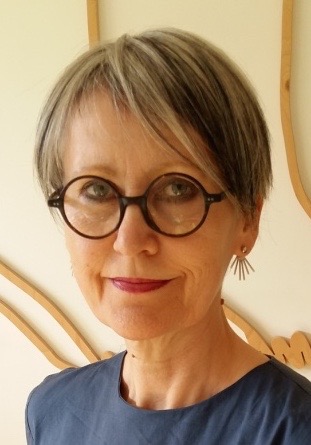The To Don't List
- Elise V Allan

- Jun 10, 2020
- 4 min read

first published October 24th 2018
More than one client has complained to me about the problem of having too many ideas. Each time I have been astonished. To have a lot of ideas, to me, is part of having a lust for life, a luxurious feeling of plenty in the knowledge that you will never run out of possibilities. But for some it feels like a problem. Perhaps it’s because choosing what to work on next is a challenge, or perhaps it’s about the dissatisfied feeling of never executing everything on your creative to-do list.
I was in London for a few days with my other job (as a tutor) accompanying first year art students. Small groups of students were visiting design studios with my colleagues. I was organising gallery visits. And so I found myself in the Serpentine Gallery bookshop, where the title Don’t Read This Book, subtitled Time Management for Creative People, by typographic designer Donald Roos, leapt into my hand and propelled me to the till. Although it’s tailor made for his fellow graphic designers, it was written with others in mind too, such as artists and writers.
It began with the assumption that those of us who work creatively have more ideas than we have time to carry out. He doesn’t buy into the idea of staying up all night working and complaining-boasting about being too busy. Neither do I. I don’t forget to eat or go to bed, as without sufficient food or rest, I get ill. But I would love to have more time available to make work.
For some of us, the ideas that are sitting on the back burner are not so much concepts as they are desires to work with different processes. But whatever is our creative driver, many of us have a want-to-do list either written down, or buzzing and jostling about in the mind. And from what my clients have said it’s the restlessness that they dislike.
That restlessness can feel scattered which can make it difficult to act on any of the ideas. It’s a mental state, ungrounded. I concur with Roos, who recommends that we sketch our ideas, shifting them from idea to physical and observable. This isn’t new to most of us - it’s emphasised repeatedly at art school. It helps to ground the ideas and from there to ground us in a more complete sense of self than the racing brain could ever know. And I’ve observed that my best decisions are made with a whole bodily knowing, rather than from a mental state. Whenever I can, I shift the location of decision making from mind to body and watch myself making decisions rather than try to make them. This is supported by engaging the body in action; by starting to draw, or create mood boards, or type, our hands have the opportunity to connect our ideas with our whole body knowing. And when the decisions are coming from that deeper level, it quietens the mind.
But as I still have projects that have been on the back burner for some time, I’m intrigued by the main suggestion of this book.
Roos suggests we keep a ToDon’tList. He’s even created a ToDon’tList App. Any project that you’re not absolutely committed to working on is removed from its place on your To Do list, or from the buzzing bit of the head, to hibernate on the ToDon’tList. It’s not abandoned; it can be promoted back on to your ToDoList, if and when you find yourself absolutely committed to it. It reminded me of a suggestion made by creativity coach Eric Maisel; if you find yourself repeatedly procrastinating and avoiding making work, it’s better to make the statement to yourself, “Today I choose not to create,” rather than to prevaricate in endless maybes. In other words, if you’re straight with yourself and the decision you’re making, by putting it on the ToDon’tList you have the freedom to go ahead with what you really want to do instead.
Making the decisions about what goes on the ToDon’tList means knowing what you value. If you’re not clear about that, you might need to start by making a list of your values. Or if you have a mission statement - or Donald Roos recommends creating a hashtag that defines your values - you could use that. Or start with a physical representation of each of the ideas - words or image - that you can then evaluate.
But one of the simplest methods is to list all the things you want to do, and select the three you want to do most, putting the rest on to the ToDon’tList. With the three you’ve selected, you might need to develop the sketches or outlines a little further in order to find out which ones have life in them, allowing the other two to drop into the ToDon’tList.
But the very simplest way to do the evaluating could be taken from Marie Kondo, with the phrase she uses in her de-cluttering method; “Does it spark joy?”




Comments